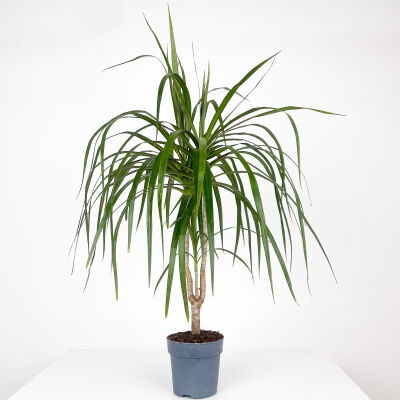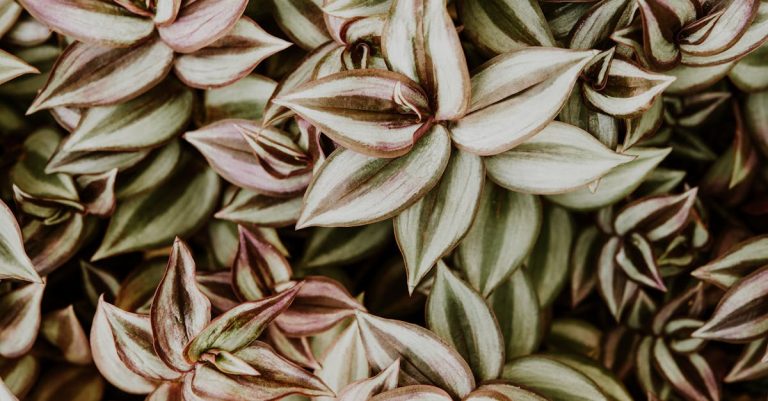How To Care For Peace Lily (Spathiphyllum)
Did you know that the Peace Lily, also known as Spathiphyllum, is not actually a true lily but rather a member of the Araceae family? This popular houseplant is valued for its beautiful white flowers and lush green foliage, making it a common choice for indoor decoration.
Originating from the tropical rainforests of Central and South America, the Peace Lily has become a staple in households around the world due to its ability to thrive in low light conditions and its air purifying properties. In fact, NASA has identified the Peace Lily as one of the top plants for improving indoor air quality, as it can remove toxins such as formaldehyde and benzene from the air.
To care for your Peace Lily, make sure to place it in a location with indirect sunlight and water it regularly, keeping the soil consistently moist but not soggy. You can also mist the leaves occasionally to increase humidity and prevent pests. Fertilize your plant every few months with a balanced houseplant fertilizer to encourage healthy growth and flowering.
One important thing to remember when caring for a Peace Lily is to be mindful of overwatering, as this can lead to root rot. If you notice yellowing leaves or wilting, it may be a sign that you are watering too much. Adjust your watering schedule accordingly to help your plant thrive.

How To Care For Peace Lily (Spathiphyllum): Tips and Tricks
Peace lilies, also known as Spathiphyllum, are beautiful and easy to care for indoor plants that can thrive in low light conditions. To ensure your peace lily stays healthy and vibrant, it is important to provide it with the right care. This includes watering it regularly, placing it in a spot with indirect sunlight, and keeping the leaves clean and dust-free. In the following paragraphs, we will discuss in detail the best practices for caring for your peace lily.

Light
Peace lilies thrive in bright, indirect light. They can also tolerate low light conditions, but this may slow down their growth and reduce flowering. Avoid placing them in direct sunlight, as this can scorch their leaves.
Water
Water your peace lily when the top inch of soil feels dry to the touch. Be sure not to overwater, as this can lead to root rot. It’s best to water thoroughly, allowing excess water to drain out of the bottom of the pot.
Humidity
Peace lilies prefer high humidity levels. To increase humidity around your plant, you can mist it regularly, place a humidifier nearby, or set the pot on a tray filled with pebbles and water.
Temperature
Peace lilies do well in average room temperatures between 65-80°F (18-27°C). Avoid exposing them to temperatures below 50°F (10°C) or drafts from heating or cooling vents.
Soil
Plant your peace lily in well-draining, high-quality potting mix. A mix formulated for aroid plants or a general indoor plant mix works well. Repot your plant every 1-2 years to refresh the soil and give it room to grow.
Fertilization
Feed your peace lily with a balanced, water-soluble fertilizer diluted to half strength every 4-6 weeks during the growing season (spring and summer). Avoid fertilizing in the fall and winter when the plant is dormant.
Pruning
Remove dead or yellowing leaves promptly to maintain the plant’s overall health and appearance. You can also trim back spent flowers to encourage new blooms.
Pests
Keep an eye out for common houseplant pests like spider mites, mealybugs, and aphids. If you notice any pests, treat your peace lily with insecticidal soap or neem oil according to the product instructions.
Propagation
Peace lilies can be propagated by division. When repotting your plant, you can separate the root ball into sections with at least one stem and root system each. Plant these divisions in new pots with fresh soil.
According to a recent study, Peace Lily (Spathiphyllum) is one of the top 10 most popular houseplants in the United States, with over 1 million plants sold each year.
1. How often should I water my Peace Lily?
You should water your Peace Lily when the top inch of soil feels dry to the touch. This might be once a week or every 10 days, depending on the humidity levels in your home.
2. How much sunlight does a Peace Lily need?
Peace Lilies prefer bright, indirect sunlight. Avoid placing them in direct sunlight as this can scorch their leaves. They can also tolerate low light conditions.
3. What is the best temperature for a Peace Lily?
Peace Lilies thrive in warm temperatures between 65-80°F (18-27°C). They can tolerate slightly cooler temperatures as well.
4. How do I fertilize my Peace Lily?
Use a balanced, water-soluble fertilizer once a month during the growing season (spring and summer). Dilute the fertilizer to half strength to prevent burning the roots.
5. How do I propagate my Peace Lily?
You can propagate a Peace Lily by dividing the plant at the rootball. Make sure each new division has roots and leaves. Plant them in fresh soil and keep the soil moist until they establish roots.
6. How do I prevent brown tips on the leaves of my Peace Lily?
Brown tips on Peace Lily leaves can be caused by overwatering, underwatering, or low humidity. Make sure to water properly, mist the leaves occasionally, and avoid placing the plant near drafts or heating vents.
7. Are Peace Lilies toxic to pets?
Yes, Peace Lilies are toxic to pets if ingested. Keep them out of reach of pets and consult a vet if your pet has eaten any part of the plant.
8. Can I trim the yellow leaves on my Peace Lily?
Yes, you can trim yellow leaves on a Peace Lily to improve its appearance. Use clean, sharp scissors or pruning shears and make a clean cut at the base of the leaf stem.
9. How do I repot my Peace Lily?
Repot your Peace Lily when it becomes rootbound or outgrows its current container. Choose a pot that is 1-2 inches larger in diameter and use fresh potting soil. Gently remove the plant from its current pot, loosen the roots, and place it in the new pot.
10. Why is my Peace Lily not flowering?
Peace Lilies may not flower if they are not getting enough light or if they are not in the right temperature range. Make sure to provide them with adequate light and warmth to encourage blooming.
Conclusion
In conclusion, caring for a Peace Lily (Spathiphyllum) involves providing it with the right amount of light, water, and humidity. Place your plant in bright, indirect light and water it when the top inch of soil is dry. Be sure to use distilled or filtered water to prevent the build-up of chemicals in the soil. Mist the leaves regularly to maintain the humidity levels the Peace Lily thrives in.
Additionally, keep an eye out for common pests such as spider mites and aphids, and be proactive in treating them to ensure your plant remains healthy. Remember to repot your Peace Lily every couple of years to refresh the soil and promote new growth. Following these care tips will help you enjoy the beauty of your Peace Lily for years to come.
:max_bytes(150000):strip_icc():format(webp)/1566417254329_20190821-1566417255317-b9314f1d9f7a4668a466c5ffb1913a8f.jpg?auto=compress&cs=tinysrgb&h=650&w=940)






